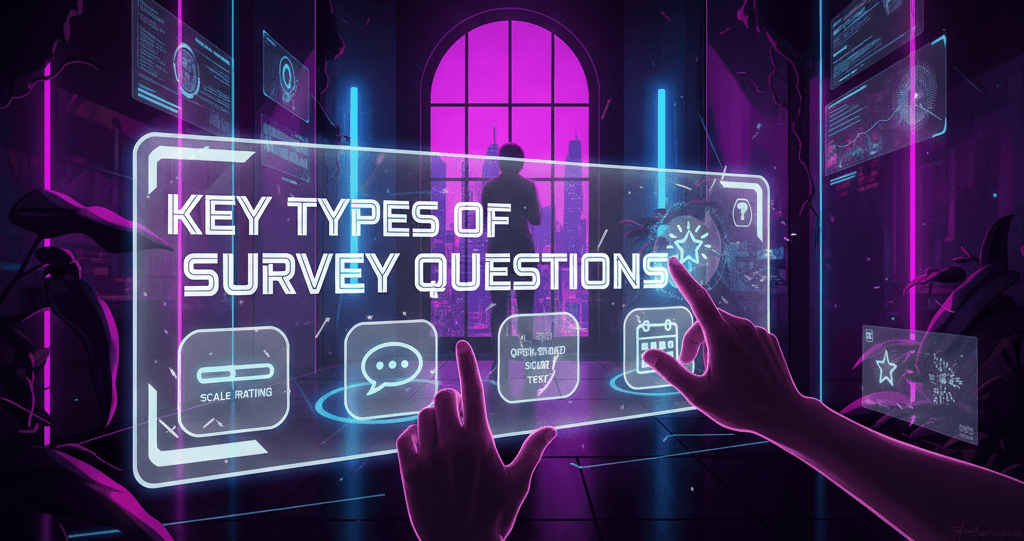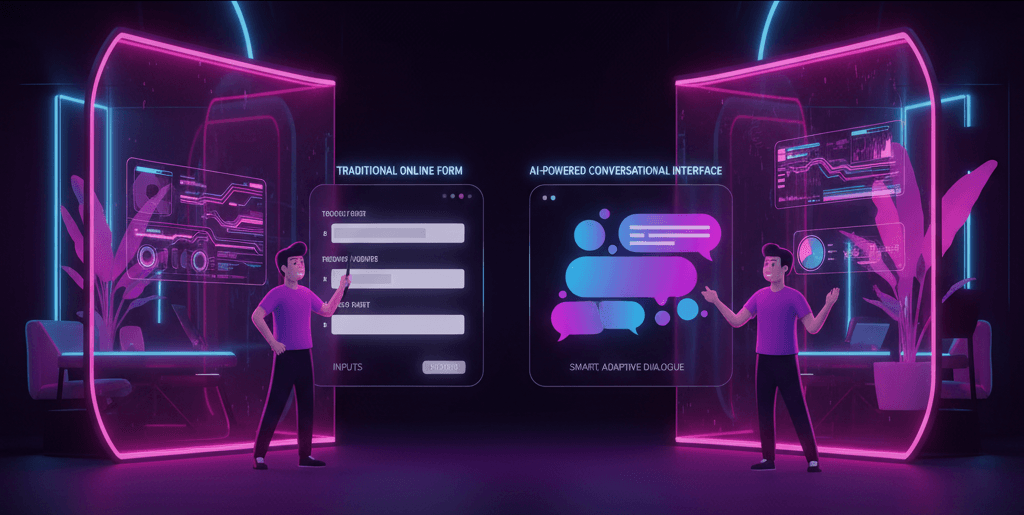AI is revolutionizing customer service by enabling instant, around-the-clock support, reduced response times, and greater operational efficiency. For SaaS businesses that rely on scale and automation, deploying AI-powered customer service agents is increasingly becoming a strategic necessity.
These AI agents promise to streamline support workflows, reduce costs, and enhance customer experience. However, successful deployment is not as simple as flipping a switch. SaaS leaders often encounter a range of technical, organizational, and cultural hurdles that can derail even the most promising initiatives.
This guide delves deep into the most common challenges and presents practical, actionable solutions that are tailored for SaaS businesses navigating the evolving AI support landscape.
The Promise of AI Customer Service Agents
AI-powered customer service agents are designed to handle high volumes of customer inquiries at scale, delivering instant, automated responses that enhance user satisfaction and lower operational costs.
For SaaS businesses, AI introduces new levels of efficiency through 24/7 availability, consistent quality, and the ability to scale customer service without proportionally increasing headcount.
These tools are especially effective at managing Tier-1 support tasks such as onboarding, billing inquiries, password resets, and basic troubleshooting.
Beyond operational efficiency, AI also brings personalization to customer service through Natural Language Processing (NLP) and machine learning.
These technologies allow AI agents to interpret intent, learn from past interactions, and deliver tailored support. According to a Salesforce report, nearly 69% of customers appreciate AI-powered support for its speed and convenience.
Despite these clear advantages, AI’s deployment can become complex without a structured approach.
Challenge #1: Integration with Existing Tech Stack
One of the first obstacles many SaaS companies face when deploying AI customer service agents is the challenge of integrating them into an existing tech stack. Most support ecosystems are built on a combination of CRMs, ticketing platforms, internal databases, chat platforms, and analytics tools.
AI agents must interface seamlessly with all of these systems to deliver context-aware, real-time support. Without proper integration, AI agents are unable to retrieve the necessary data, resulting in disconnected user experiences.
The solution lies in choosing AI platforms that prioritize interoperability. API-first platforms with robust documentation make it significantly easier to connect AI tools with CRM systems like Salesforce or HubSpot, and help desks like Zendesk or Freshdesk.
Middleware platforms such as Zapier, Tray.io, or Workato can act as bridges between disparate systems, reducing the need for extensive custom coding. Before deployment, it’s essential to conduct an AI readiness audit to identify data silos, API limitations, and potential integration conflicts.
Mapping out workflows and automating routine tasks can significantly smooth the implementation process and set a foundation for scalable AI integration.
Challenge #2: Lack of Context and Personalization
AI agents often struggle to understand the full context of customer interactions, especially in more complex or nuanced conversations. This limitation can result in responses that feel robotic, repetitive, or irrelevant, ultimately degrading the user experience.
For SaaS businesses with sophisticated products or tiered service offerings, contextual understanding is critical for resolving customer issues efficiently.
To address this challenge, companies must ensure their AI tools are powered by contextual NLP engines capable of leveraging past interactions, user behavior data, and account-specific information.
Feeding the AI system with enriched customer profiles, product usage data, and historical ticket logs enables it to offer personalized responses and avoid redundant questions.
Additionally, maintaining a dynamic and continually updated knowledge base ensures that the AI has access to the latest product information, FAQs, and support protocols.
Platforms like Intercom and Drift have demonstrated success with contextual support by triggering messages based on customer behavior, such as in-app actions or subscription milestones. This level of personalization not only improves resolution rates but also boosts customer trust and satisfaction.
Challenge #3: Misalignment Between AI and Human Agents
A seamless experience between AI agents and human agents is critical to maintaining customer satisfaction. One of the most frustrating experiences for users is repeating their issue after being handed off from an AI to a human agent.
This misalignment typically stems from a lack of proper escalation paths, missing context transfers, and unclear role boundaries between AI and human teams.
The key to solving this issue is developing a hybrid support model where AI handles repetitive and low-complexity queries, while human agents manage nuanced or emotionally charged interactions.
Clearly defined escalation protocols should be built into the AI system, allowing for a smooth and timely handoff. It’s also important to maintain session persistence, ensuring that when a human takes over, the full conversation history and contextual data are transferred seamlessly.
This level of orchestration not only reduces customer frustration but also enables human agents to focus on high-impact support interactions. Visual aids such as flowcharts or decision trees can help support teams understand and align on the escalation process, promoting consistency and clarity across all channels.
Challenge #4: Data Privacy, Compliance & Trust
AI systems process vast amounts of customer data to deliver personalized support. This creates significant responsibilities in terms of data security, regulatory compliance, and user trust.
Regulations such as GDPR, CCPA, and HIPAA impose strict guidelines on how personal data is collected, stored, and processed. Any failure to comply can result in hefty fines and reputational damage.
To mitigate these risks, SaaS businesses must choose AI vendors that are secure by design, meaning their platforms include data encryption, secure authentication, and access controls by default.
Companies should also implement clear consent mechanisms to inform users when they are interacting with an AI agent and how their data is being used. An internal data governance strategy should enforce role-based access, maintain audit logs, and establish data retention policies.
A real-world example involves a European SaaS company that anonymized personal data before using it to train its AI models.
This approach ensured compliance with GDPR while still allowing the AI system to learn from historical support data. Transparency and accountability are crucial to building trust and ensuring a legally sound deployment.
Challenge #5: Measuring Performance & ROI
Even after AI deployment, many SaaS leaders struggle to measure their true impact. Without clear performance metrics, it’s difficult to justify ongoing investment or determine whether the AI is delivering value. Traditional support KPIs often fail to capture the nuanced contributions of AI to customer experience and operational efficiency.
To build a meaningful performance measurement strategy, companies should establish a tailored set of KPIs such as First Response Time (FRT), AI Containment Rate (percentage of tickets resolved without human intervention), Customer Satisfaction (CSAT) scores, and comparative resolution costs between human and AI agents.
Tools that offer built-in analytics dashboards or support A/B testing between AI and human agents can further improve visibility into effectiveness.
Developing a standardized ROI framework helps teams quantify both direct savings (like reduced headcount costs) and indirect benefits (like faster onboarding or improved customer loyalty). Regularly reviewing these metrics and adjusting the AI model accordingly ensures continuous improvement and long-term impact.
Challenge #6: Scaling AI Across Channels
Many SaaS businesses start their AI journey by implementing chatbots on their websites, but fail to extend this functionality across other key channels such as email, social media, mobile apps, and voice. This fragmented approach results in inconsistent customer experiences and undermines the benefits of AI.
Scaling AI effectively requires the use of omnichannel platforms that unify support interactions under a single engine. Solutions like Ada, Freshchat, or Dialpad AI provide the ability to deploy AI agents across multiple channels while maintaining a consistent tone, context, and service level.
Centralizing customer data into a single view ensures that AI agents can recognize users and their history regardless of the channel.
To succeed, companies must also standardize AI communication guidelines to reflect their brand voice and ensure consistency. Training AI agents to maintain this tone across all channels—whether via live chat, email, or voice—helps build a cohesive and trustworthy customer experience.
Bonus Challenge: Cultural Resistance to AI Internally
Beyond technical challenges, AI implementation often meets internal resistance. Support agents may perceive AI as a threat to their roles or worry that it will diminish service quality. Such fears can stall adoption and sabotage deployment efforts.
The solution lies in fostering a collaborative mindset where AI is positioned as a tool that enhances, not replaces, human capabilities. Internal communication should emphasize how AI can offload repetitive tasks, reduce burnout, and allow agents to focus on more meaningful work.
Offering upskilling programs to train agents in managing AI tools or interpreting AI-driven insights can turn skeptics into advocates.
Involving support teams during the AI pilot and testing phases builds trust and helps align expectations. Companies can also share success stories and performance improvements resulting from AI to demonstrate its value.
A well-designed internal rollout plan, including FAQs, town halls, and feedback loops, can go a long way in winning hearts and minds.
Action Plan for SaaS Companies
To navigate the complex terrain of AI deployment, SaaS companies need a structured action plan. The first step is to evaluate organizational readiness through a comprehensive audit of existing systems, workflows, and support data.
This evaluation should identify which tasks are repetitive, which queries can be automated, and where integration gaps exist.
Next, initiate a pilot deployment by selecting a single use case, such as password resets or onboarding support, that presents low risk but high frequency. This controlled rollout allows the team to test AI capabilities, gather feedback, and make adjustments without disrupting broader operations.
Finally, use the insights from the pilot to iterate and expand. Monitor user satisfaction, containment rates, and escalation trends. Refine NLP models and knowledge bases based on real-world interactions. As confidence grows, gradually expand the AI’s responsibilities and integrate it across more channels and workflows.
Visualizing progress through an AI Maturity Model, from Basic Automation to Contextual Support to Predictive AI—can help teams set benchmarks and track growth.
Future Trends in AI Customer Support
As AI technologies continue to evolve, customer support is poised for even greater transformation. Voice AI, driven by more natural-sounding and real-time processing capabilities, is gaining traction in phone-based support.
Emotion AI, which detects tone and sentiment, will help AI agents adjust responses dynamically to reflect customer mood.
Another exciting trend is predictive support, where AI proactively resolves issues before users even encounter them. By analyzing user behavior patterns, AI systems can flag potential problems and provide solutions preemptively.
Generative AI, such as large language models like GPT-4, is also expanding the capabilities of AI agents in live chat, enabling more fluid and human-like conversations.
Staying ahead of these trends will require continuous investment in AI capabilities, along with a commitment to responsible and ethical AI usage. As one CX futurist puts it, \”AI won’t replace agents. It will empower those who learn to use it effectively.\”
Conclusion
Deploying AI customer service agents offers a significant opportunity for SaaS businesses to improve efficiency, reduce costs, and deliver faster, more personalized support.
However, realizing these benefits requires a clear understanding of the challenges involved, from system integration and data compliance to performance measurement and internal adoption.
By addressing each of these challenges with thoughtful solutions and structured implementation plans, SaaS leaders can unlock the full potential of AI while maintaining the human touch that customers still value.
The key is to start small, iterate often, and build trust across both your team and your user base.












